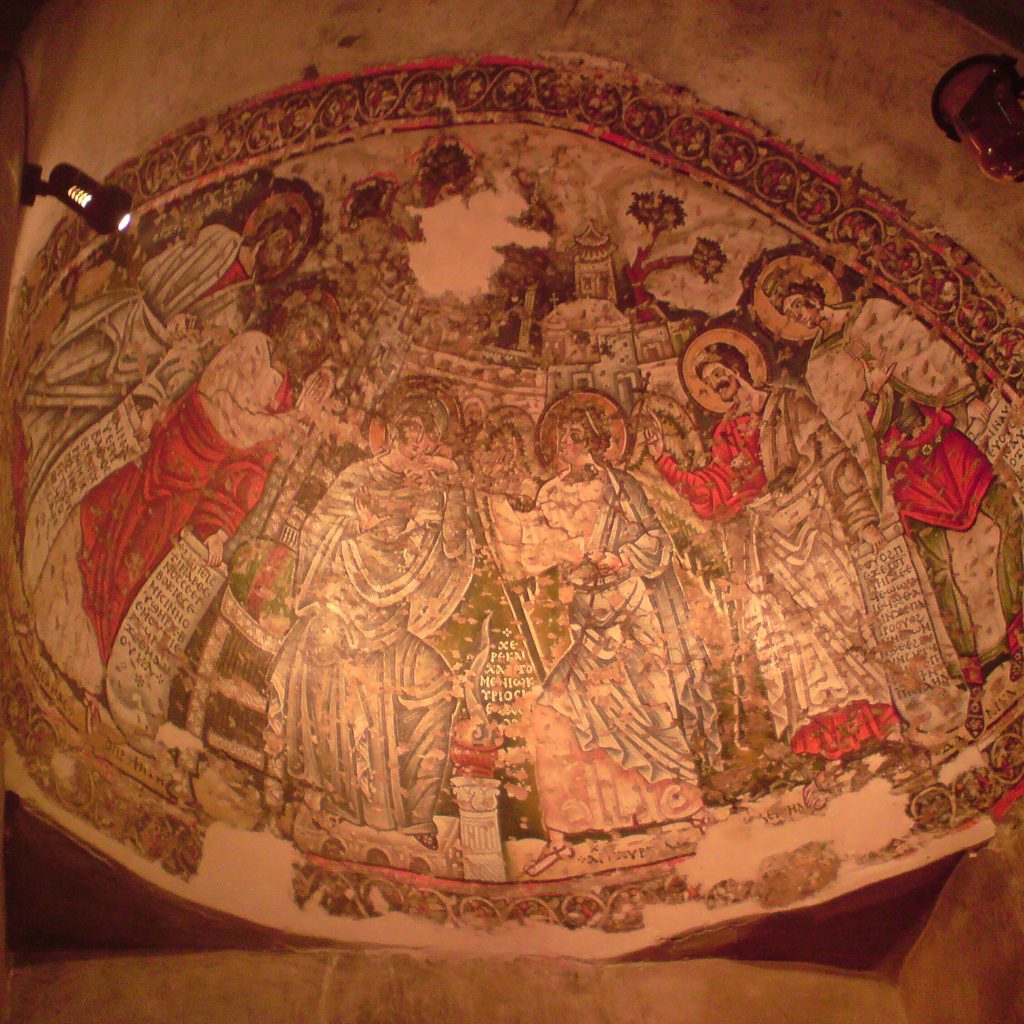By Daniel Esparza – Aleteia –
The Valley of Natron, known as Scetis in Christian literature, is one of the three early Christian monastic centers.
Wadi El Natrun is a desert depression in northern Egypt, known in Christian literature as Scetis or Skete. Northwest of the Nile Delta, it is of the three early Christian monastic centers in the Nitrian Desert, and the only one in which these ancient monasteries remain in use – of the other two, Nitria and Kellia, we only have archaeological remains.
This desolate region soon became one of Christianity’s most sacred areas, as the Desert Fathers and other cenobitic and proto-monastic communities ventured into the wadilooking for solitude. These early hermits and monks considered the wilderness a privileged place to discover God’s presence, imitating Christ’s own retreat into the desert for 40 days and 40 nights before his Passion. Indeed, between the 4th and 7th centuries, Christians from all the Mediterranean joined the many monasteries and communities then found in Wadi El Natrun.
Tradition claims St. Macarius of Egypt first went to Wadi El Natrun around 330. His reputation attracted anchorites, hermits, and monks, who settled nearby in individual cells. Many of them came from nearby deserts, where they had previous experience in solitary living. That is, some of these earliest cenobitic communities were but a gathering of like-minded monks. According to classical scholar Roger S. Bagnall’s Egypt from Alexander to the Early Christians: An Archaeological and Historical Guide, at its peak the area was home to around 700 monasteries.
At first, these communities were composed of individual cells loosely built around a communal church, with some other shared facilities. The enclosure walls characteristic of medieval cloisters developed over time, mostly for safety reasons. Scetis (the Greek name for Wadi El Natrun) was attacked and decimated by raiders coming from the Libyan desert in the early 5th century, causing many notable Desert Fathers to leave the region.
The Jesuit scholar Willian J. Harmless (a renowned specialist in early monasticism) explains that “Scetis’s destruction marked a turning point in the history of early Christian monasticism.” In fact, According to the Apophteghmata, one of the survivors of these raids, St. Arsenius the Great, allegedly said that “the world has lost Rome and the monks have lost Scetis.”

The site would be resettled a few years later, and suffered other raids until the late 6th century. By the 7th century, during the Muslim conquest of Egypt, monasteries flourished (since the area was secured by a strong central authority), but taxation and other administrative concerns eventually led to conflicts with the Muslim government.
Nitria and Kellia were eventually abandoned, but Scetis continued to be a center of spiritual attraction all throughout the Middle Ages. Although most monasteries were eventually abandoned or destroyed, four have remained in use until today: the Monastery of St. Macarius the Great, Paromeos Monastery, the Monastery of St. Pishoy, and the Syrian Monastery. These four are currently the most important centers of Coptic monasticism.
_________________________




